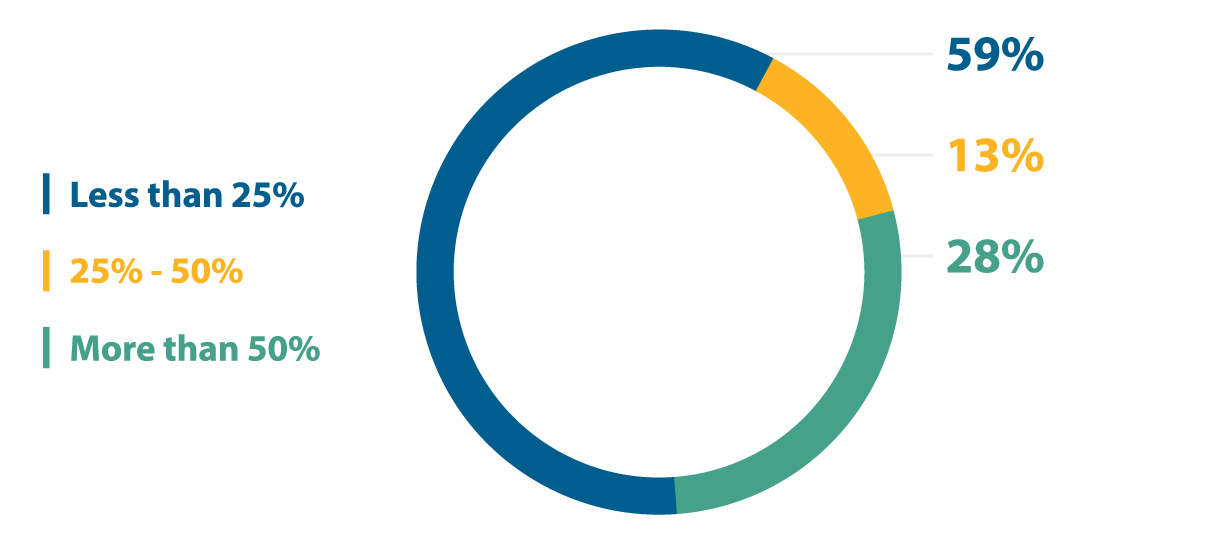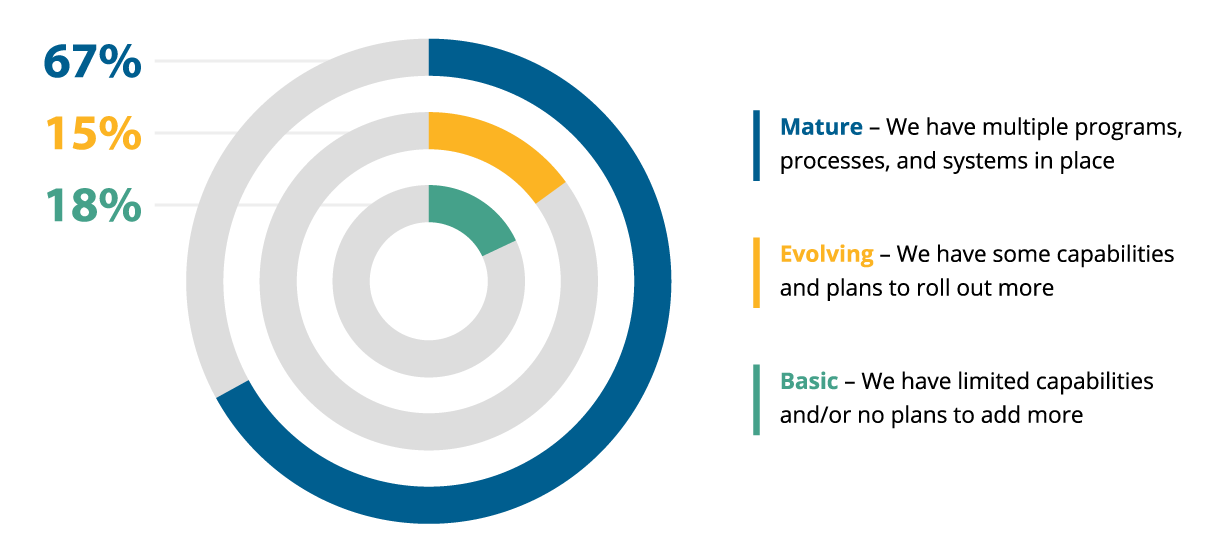Survey Results: How Businesses Are Addressing Negative Employee Experience

(This article was based upon the “Workplace Technology Report,” prepared in collaboration with HRD Connect. Click the link to read a more in-depth version of the findings found on this page.)
It’s in the very nature of business to face changing times and circumstances—the COVID-19 pandemic being an especially turbulent example—and every manager is expected to meet such challenges and adapt as necessary. Research suggests, however, that even the most keen-eyed managers have overlooked one of the most critical developments in the modern workforce—the increased importance of high-quality communication and engagement between management and their employees.
In the wake of the pandemic, many workers are rethinking their careers. In what’s been dubbed “The Great Resignation,” more than four million Americans have willingly left their jobs since the initial quarantine, citing fatigue, unhappiness, and discontent with their workplace. Businesses everywhere are having trouble attracting fresh talent and retaining their existing teams. This has led many companies to seek out a way to address the forces that are pushing employees away.
Time and again, one often-overlooked area is found to be a major culprit: a poor employee experience strategy.
Workforce Software teamed up with the thought leaders at HRD Connect in Q2 of 2021 to survey senior HR professionals about how they approach employee experience and the impact it has had on their organizations.
Here are some key takeaways:
Deskless and Hourly Workers Are Being Left Behind

Though many of those surveyed responded that their companies were making greater investments in office management technology, there are still hurdles to overcome. Most of these products were developed for desk workers rather than for the deskless who could arguably benefit from them the most. Despite making up 80% of the global workforce, these employees are often left to their own devices (literally and figuratively) to independently establish communication with management, often resorting to consumer systems such as WhatsApp.
Two-Thirds Intend to “Evolve” Employee Experience by Improving Technology
COVID-19 has been a global challenge for every industry, but it has also accelerated the adoption of technology and digital solutions to ensure continued workflows. This is no small feat, as aversion to “digital remote work” was still rampant before the pandemic began. (Fearing negative impact on performance, even the most technical computer-based professions were often hesitant to allow employees to work from home.) But technology solutions such as Zoom have been embraced out of necessity to keep workers connected and provide an open line of communication for supervisors. And the results have shown that these workers were more productive, better rested, and more content with their positions in their organizations.
While deskless workers cannot perform their duties remotely, they must still be included in the accessible contact enjoyed by their co-workers in other departments. Research repeatedly shows that communication with senior employees in an organization keeps all workers engaged and involved.
Many Companies Are Seeking to Address Employee Experience Problems but May Not Be Investing Enough Resources

Unfortunately, not everyone is moving with the same urgency. Some industries, still suffering from the lingering effects of the pandemic on their business, have not been able to make employee experience a top priority, with 24% responding that their investments were limited.
Communication via Mobile Devices Is Seen as a Tool to Add to Positive Employee Experience
The smartphone revolution has created a new paradigm of employee interaction, and the ability to communicate on the fly regardless of location allows for better coordination between parties and divisions. In the past, many businesses have been content to foster this coordination in an ad hoc, unstructured way via WhatsApp or similar messaging apps. But this approach is unsecure and may leave team members out of the loop—dedicated software designed with efficiency and security in mind is a far better fit.
One of the more obvious benefits of such software is the early positive impact it can have on newer workers. For example, just-in-time-training and micro-training delivered through mobile applications have been identified as top indicators of positive employee experience.
Conclusion
The worldwide pandemic has exponentially accelerated the momentum of digital solutions in business. While many had predicted the rise of remote workers over the next decade, present needs expedited that development, throwing many unprepared organizations into uncharted waters to sink or swim as they could. Now that circumstances have settled some, the importance of adapting to this new normal is evident to most managers.
Employees require more open lines of communication with their employers, and the need for programs to facilitate those functions will only become more important. With modern workforce technology, managers can create and capitalize on important moments for their workers, fostering a positive experience, which trickles down into their workflows and overall happiness. The benefit is gained not just by the employees but by managers and organizations as a whole.
If you’d like additional insights on improving employee experience at your organization, read more results from our report in collaboration with HRD Connect. Visit WorkForce Software’s Resources page to read our new Employee Experience Guide and more industry research.
Subscribe to The WorkForce Blog
Learn the art and science of maintaining productive, happy, engaged employees.
Discover More
Nucleus Insights from WorkForce Customers Research Note
Nucleus Research interviews WorkForce customers who validate why we’re ranked the #1 WFM enterprise vendor for 10 consecutive years.
Elevate Employee Experience: Checklist for Operational Leaders
Get the practical steps and technology functionalities operation leaders need to improve their employees’ work experiences.
Streamlining Complex Workforce Compliance Requirements Boosts Productivity
Discover how workforce compliance software helps EMEA organisations navigate complex legislation, enhance compliance and boost operational efficiency.



